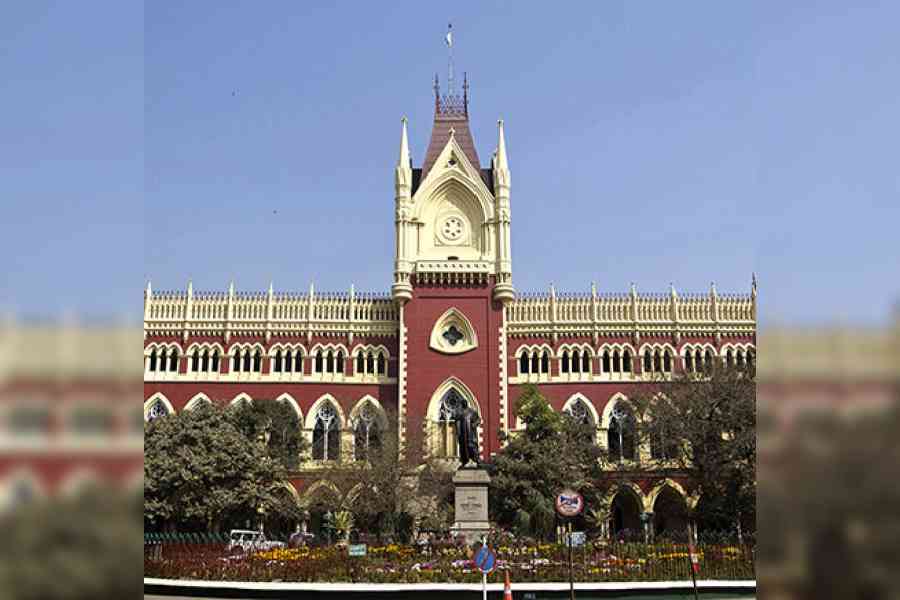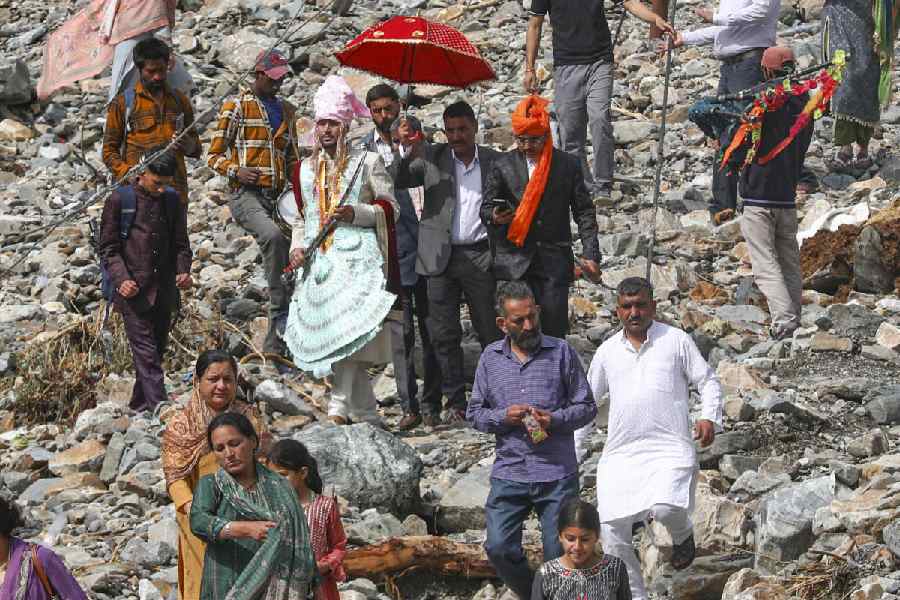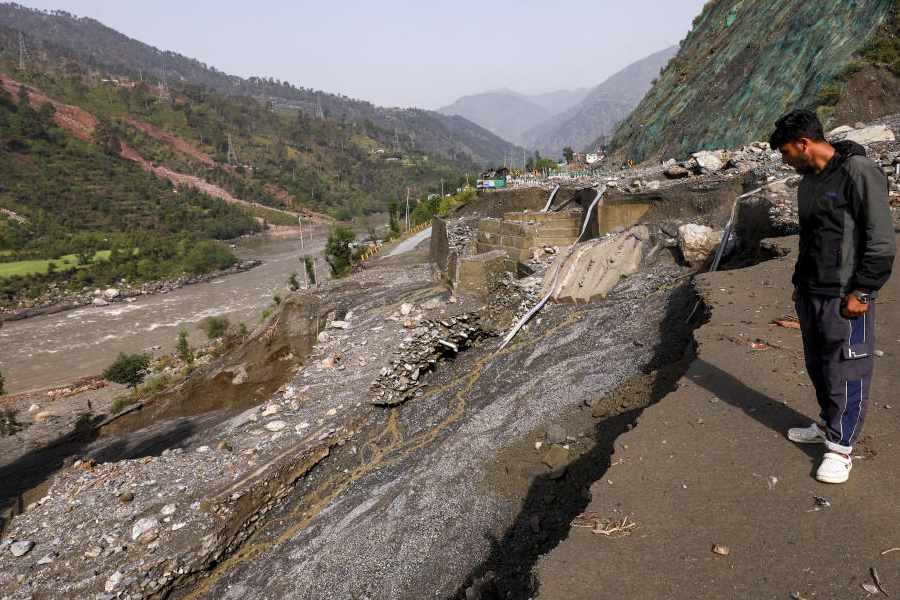
Berhampur, April 25: Uncertainty looms over mass nesting of the olive ridley turtles at Rushikulya rookery in Ganjam this year, a repetition of 2007.
"Hostile weather conditions, including intermittent rain, beach erosion and absence of high velocity southern wind, are causing the problem. However, we still can't be sure about it. The turtles are near the beach, and we still hope for the best. Though the gestation period is around 50 days, the female olive ridleys have the capacity to keep fertilised eggs inside their body for a long period till they get proper environment and location to lay eggs," said Berhampur district forest officer Ashish Kumar Behera.
"This year, we experienced about 1,500 sporadic nesting along the 5km coastline from Purunabandha to Podempeta," said Behera.
He has formally requested the higher authorities to institute a detailed survey of the conditions that are found to be hostile for the turtles. "The beach experienced intermittent rain on February 26, March 7, 13 and 17. The congregation of the turtles was delayed by 15 days, but subsequent mating took place on time. Survey report on beach erosion and hostile weather conditions would help us ensure normal mass nesting during next year," Behera said.
According to official records, no mass nesting took place in 2007 at Rushikulya rookery. Only 76 sporadic nesting took place on the beach. The mass nesting generally takes place between February and March. However in 2011, it took place from April 3 to April 9 and the number was 2.53 lakh. Last year, 3.09 lakh olive ridley turtles had come to Rushikulya rookery for mass nesting from March 11 to March 18.
"Sporadic nesting started at Rushikulya in January," said Rushikulya Sea Turtle Protection Committee secretary Rabindranath Sahu. "The chances of mass nesting this year is remote as the beach condition is not favourable and the turtles have started moving away from the beach," he said.
He expressed concern over the construction by the Gopalpur port authority near the rookery that has caused erosion at the coast. "Earlier, the erosion on the river mouth occurred during monsoon between July and August and was repaired naturally. But since the port authority started construction at five to seven places, it has affected erosion and sea current," said Sahu.
"Now, the erosion takes place between November and January and doesn't get repaired causing hindrances to mass nesting." said Sahu.











